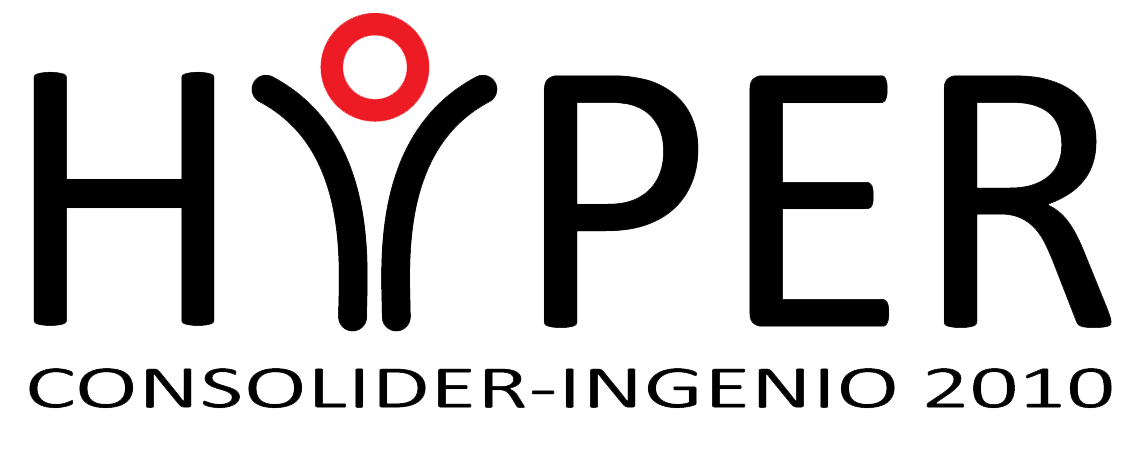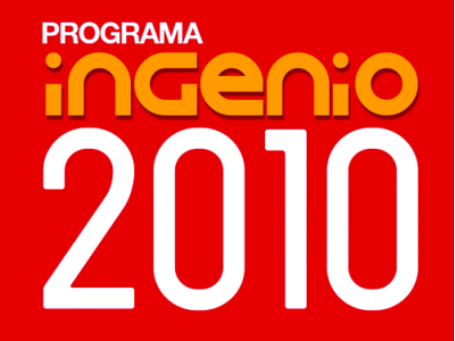Baiona (Spain), 14-19 September, 2014
Plenary lectures
(confirmed)
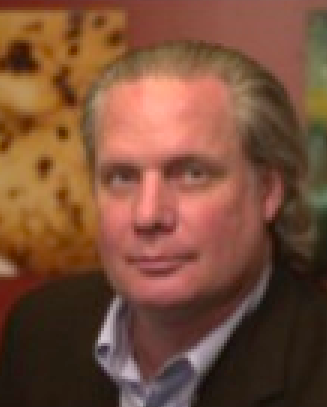 |
Dr. Theodore W. Berger David Packard Professor of Engineering Professor of Biomedical Engineering and Neuroscience Director of the Center for Neural Engineering at the University of Southern California, USA +info
Dr. Berger's research uses an integrated experimental and theoretical approach to developing biologically realistic nonlinear dynamic models of the hippocampus and its function in forming new memories. The resulting models have been used to understand the role of neural nonlinear dynamics in multi-input, multi-output signal processing, the dynamics of large-scale multi-neuron systems, and multi-scale, hierarchical neural organization. Preclinical applications of Dr. Berger's research include the development of cognitive neural prostheses for restoring lost memory function; clinical applications extend to the development of medical devices and procedures for controlling seizures; industrial applications include biologically-based models underlying spatio-temporal pattern recognition. Dr. Berger received his Ph.D. from Harvard University, and has been elected a Fellow of the AAAS, the AIMBE, and the IEEE. Among other awards, he has recently received the Academic Career Achievement Award from the EMBS. |
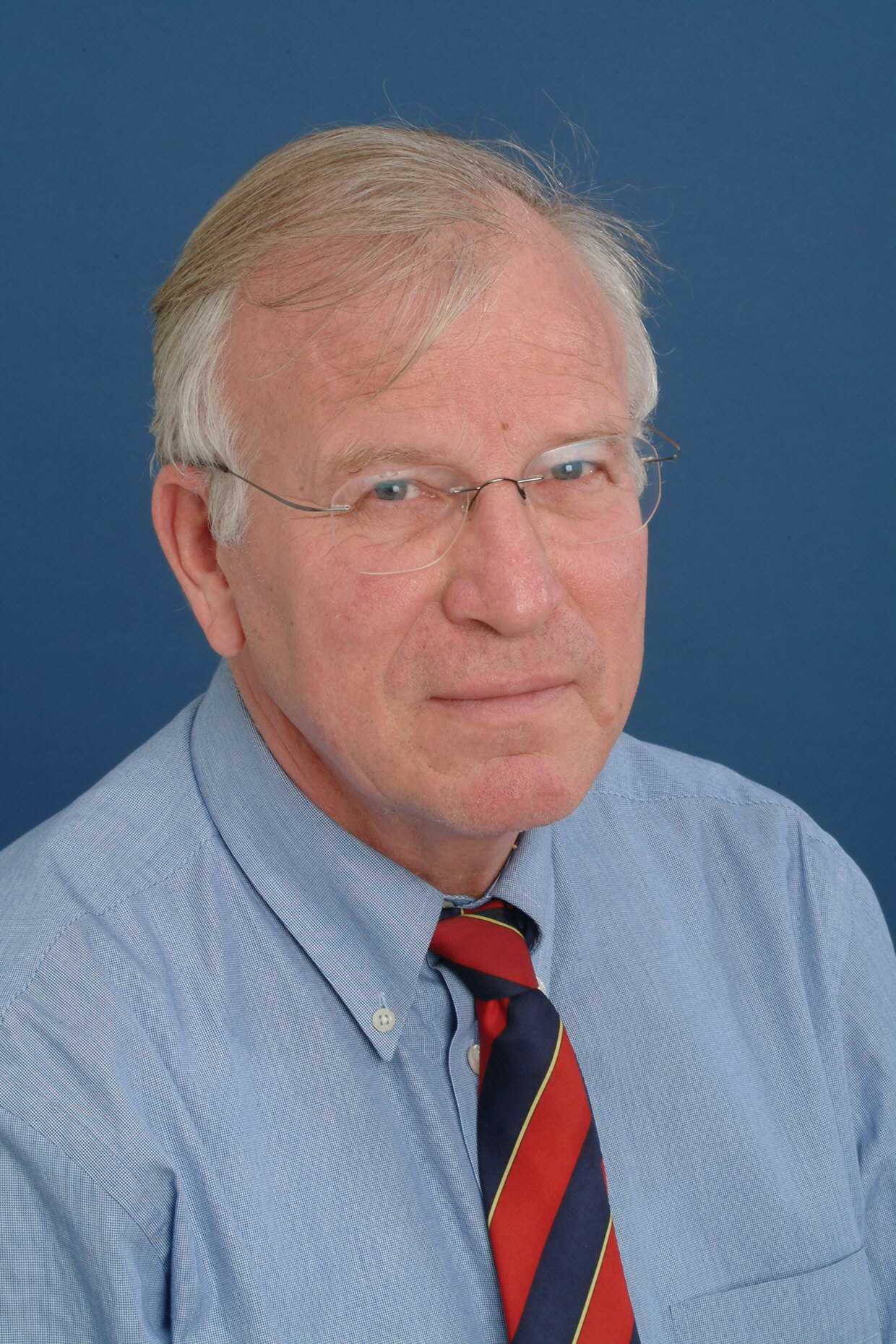 |
Prof Volker Dietz Spinal Cord Injury Center Balgrist University Hospital Zurich, Switzerland +info
Professor Dr. Volker Dietz completed medical training and specialisation in neurology and neurophysiology at the University of Freiburg, Germany. His research was devoted to human motor control and movement disorders. Using the technique of neurophysiological recordings during movements he established a novel pathophysiological basis of, for example, spastic movement disorder. The discrepancy between the clinical condition of spasticity and the movement disorder had profound therapeutical consequences. In 1992 Prof Dietz became director of the Spinal Injury Center and chairman of Paraplegiology at the University of Zurich, i.e. the first chair in Paraplegiology in Europe. With the cooperation with Martin Schwab from the Brain Res Institute together with the Novartis company he translated basic research of the effect of Nogo A antibodies on spinal tract
regeneration in SCI animals to the human setting. For the clinical application of regeneration inducing therapies and the establishment of standardized assessments Dietz founded (together with Armin Curt and Martin Schwab) the European network of paraplegic centers (EMSCI network). Another
focus of research (together with the Engineer Gery Colombo) was the development of robotic devices neurorehabilitational, such as the 'Lokomat'. He edited, (together with T. Nef and Zev Rymer) the Handbook on "Neurorehabilitation Technology" coming out in January 2012. Another focus of research during last years was the course of neuronal function after deprivation of supraspinal input as a basis for a successful regeneration inducing therapy). In 2002/2003 he was guest-professor in
the Miami Center to Cure Paralysis in Miami. Dietz has published 288 peer reviewed original papers
and received several awards for his research on spinal cord injury (e.g. 'Heiner Sell lecture' awarded by the ASIA). |
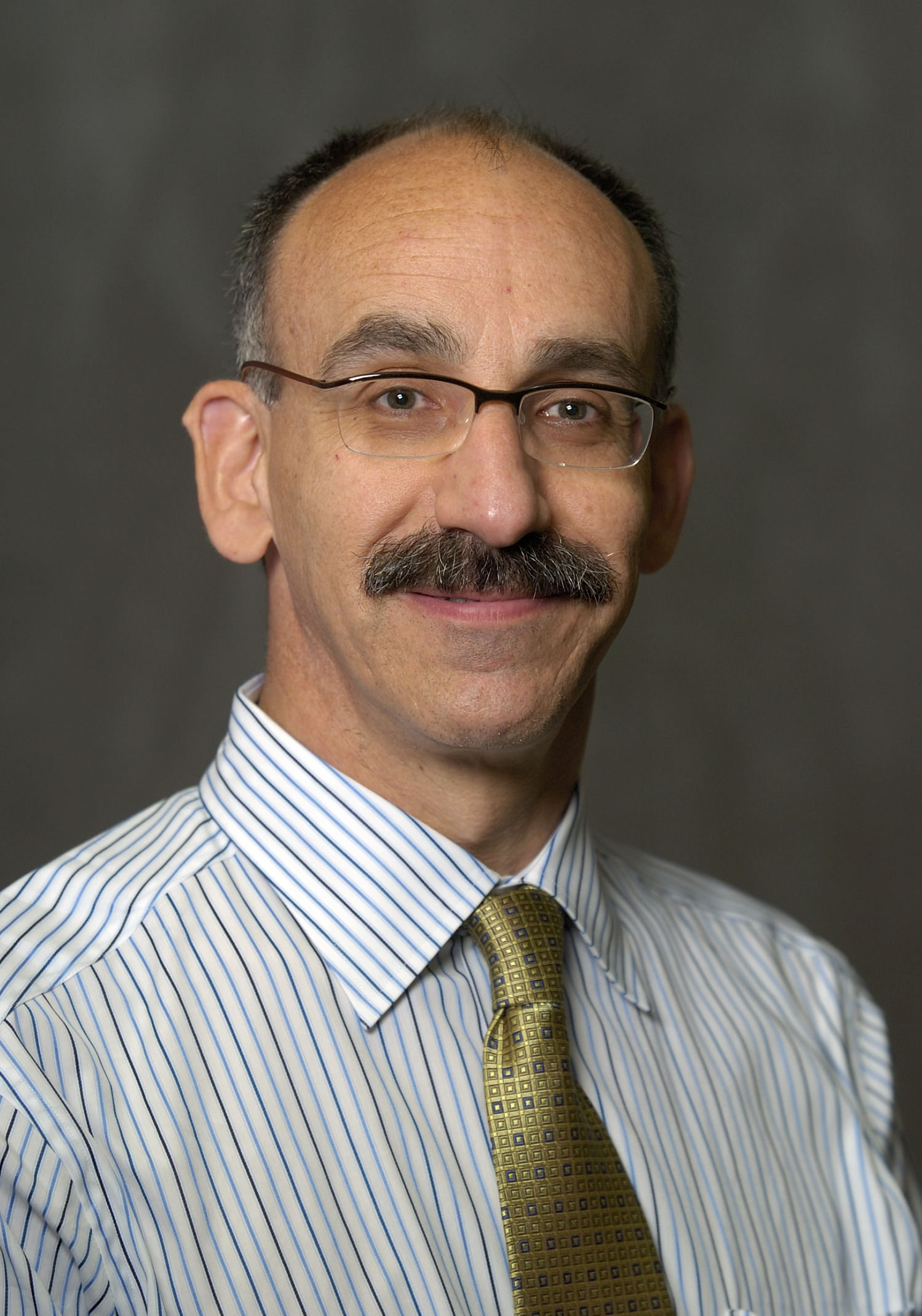 |
Prof. Alberto Esquenazi John Otto Haas Chair and Prof. Dept. of PM&R & Chief Medical Officer Director Gait & Motion Analysis Lab and Regional Amputee Center |
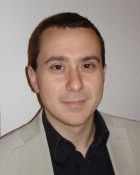 |
Prof. Dario Farina Department of Neurorehabilitation Engineering Bernstein Focus Neurotechnology (BFNT) Göttingen Bernstein Center for Computational Neuroscience Göttingen University Medical Center Göttingen Georg-August University, Germany +info
After a period (2002-2004) as Research Assistant Professor at Politecnico di Torino, he moved to Aalborg University, Denmark, where he was an Associate Professor in Biomedical Engineering (2004-2008) and then Full Professor in Motor Control and Biomedical Signal Processing (2008-2010). In the latter period, he has been the Head of the Research Group on Neural Engineering and Neurophysiology of Movement at Aalborg University. In 2010 he was appointed Full Professor and Founding Chair of the Department of Neurorehabilitation Engineering at the University Medical Center Göttingen, Georg-August University, Germany, within the Bernstein Center for Computational Neuroscience Göttingen. He is currently the Chair for Neuroinformatics of the Bernstein Focus Neurotechnology of Göttingen. His research spans engineering, physiology, neuroscience, and clinical sciences in a translational approach and focuses on the study of neural control of movement and on methods to replace, restore, and modulate lost or impaired motor functions. |
 |
Prof. Deborah Gaebler-Spira Rehabilitation Institute of Chicago, USA +info Dr. Deborah Gaebler-Spira completed a pediatric residency at the University of Chicago and then a residency in physical medicine and rehabilitation at the Rehabilitation Institute of Chicago (RIC). Dr. Gaebler-Spira is board certified in pediatrics, physical medicine and rehabilitation and pediatric rehabilitation medicine. She has been affiliated with Northwestern Memorial Hospital, Children's Memorial Hospital and RIC. Dr. Gaebler-Spira has also been a professor of physical medicine and rehabilitation and pediatrics for 25 years. |
 |
Prof. David Lloyd Director and Professor, Centre for Musculoskeletal Research, Griffith Health Institute Professor, School of Allied Health Sciences, Australia +info
David Lloyd is Professor and Director of the Centre for Musculoskeletal Research in the Griffith Health Institute, Griffith University, and holds adjunct professorial positions in Biomedical Engineering at the University of Delaware (USA) and in Engineering and in Exercise Science at and the University of Western Australia. He is an internationally renowned computational neuromusculoskeletal biomechanist whose research has focused on the causes and prevention of musculoskeletal disease and injury. His research has involved the development of training and exercise programs to prevent lower limb injuries from occurring and slow progression of knee degeneration. This work has entailed the creation and application of EMG-informed neuromusculoskeletal models with the ensuing papers very highly cited for the field. He is an invited member of a current, funded international consortium to test and further develop these models, and currently holds other large nationally competitive grants to apply these models to understand the causes of musculoskeletal disease. David has over 135 journal articles, over 300 refereed publications, has been awarded 65 grants with over $14Million in funding. |
 |
Prof. José del R. Millán Defitech Chair in Non-Invasive Brain-Machine Interface Center for Neuroprosthetics Institute of Bioengineering. School of Engineering Ecole Polytechnique Fédérale de Lausanne (EPFL) +info
José del R. Millán is the Defitech Professor at the Ecole Polytechnique Fédérale de Lausanne (EPFL) where he explores the use of brain signals for multimodal interaction and, in particular, the development of non-invasive brain-controlled robots and neuroprostheses. In this multidisciplinary research effort, Dr. Millán is bringing together his pioneering work on the two fields of brain-computer interfaces and adaptive intelligent robotics. |
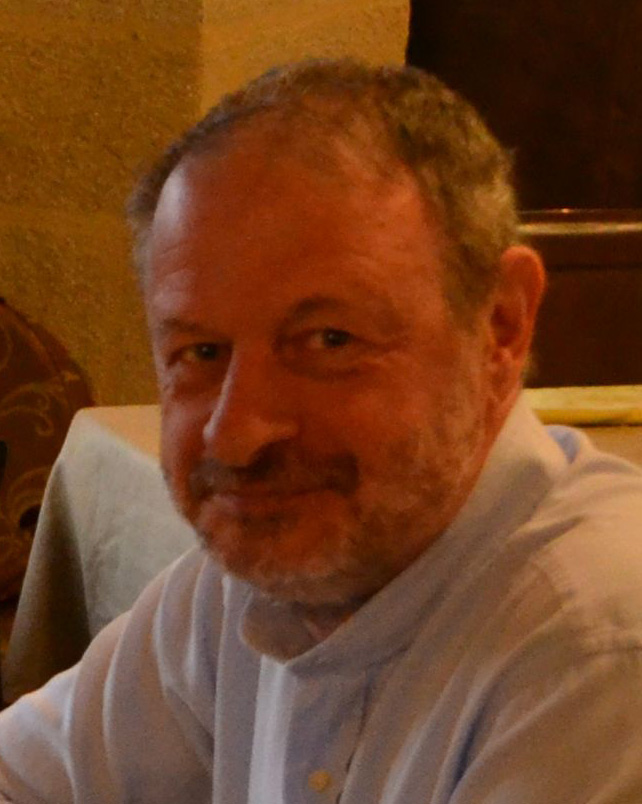 |
Prof. Marco Molinari Fondazione Santa Lucia, Italy +info
Dr. Marco Molinari (Neurologist, Physical medicine and rehabilitation specialist, PhD in Neuroscience) is the Director of Neurorehabilitation Clinical Unit A and of Experimental Neurorehabilitation Lab from the Fondazione Santa Lucia, Rome. Neurorehabilitation clinical unit A is a clinical ward devoted to neurological rehabilitation in which subacute stroke patients receive a complete multidisciplinary rehabilitative treatment. Dr. Molinari is author of over 100 articles published on indexed journals, he is associated editor of Brain Research Bulletin and The Cerebellum. His research has been always focused on brain plasticity mechanisms and functional recovery both at basic science and clinical levels. |
 |
Prof. Natalie Mrachacz-Kersting University of Aalborg, Denmark
|
 |
Prof. Rieko Osu Head of the Department of Motor Control and Rehabilitation at ATR, Japan +info Dr. Rieko Osu joined ATR in 1996 as a research scientist after completing her PhD from Kyoto University. She became the Department Head of MCR in 2009. Her research interest includes human motor control and learning, as well as perception of human movements, and their neural substrates. Her recent research projects focus on BMI for functional recovery. |
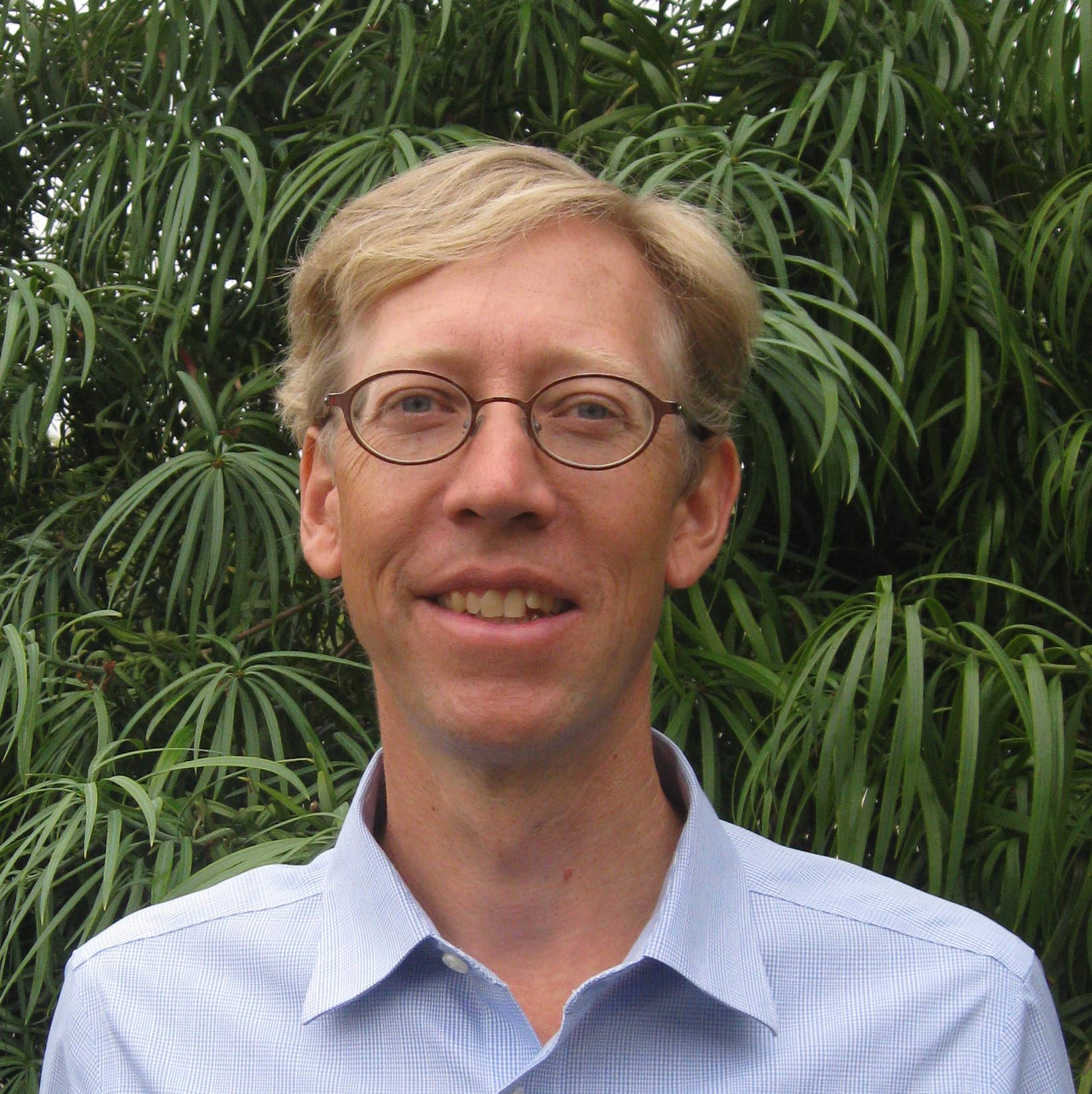 |
Prof. David J. Reinkensmeyer Department of Mechanical and Aerospace Engineering Department of Biomedical Engineering University of California, Irvine +info Prof. Reinkensmeyer's research interests are in neuromuscular control, motor learning, robotics, and rehabilitation. A major goal is to develop physically interacting, robotic and mechatronic devices to help the nervous system recover arm, hand, and leg movement ability after neurologic injuries such as stroke and spinal cord injury. Another goal is to understand the computational mechanisms of human motor learning, in order to provide a rational basis for designing movement training devices. Prof. Reinkensmeyer's laboratory has developed a variety of robotic devices for manipulating and measuring movement in humans and rodents. These devices are being used to investigate the role of mechanical assistance in retraining arm movement following stroke, the feasibility of providing movement training remotely using the Internet, and the role of sensory information in locomotor plasticity after spinal cord injury. |
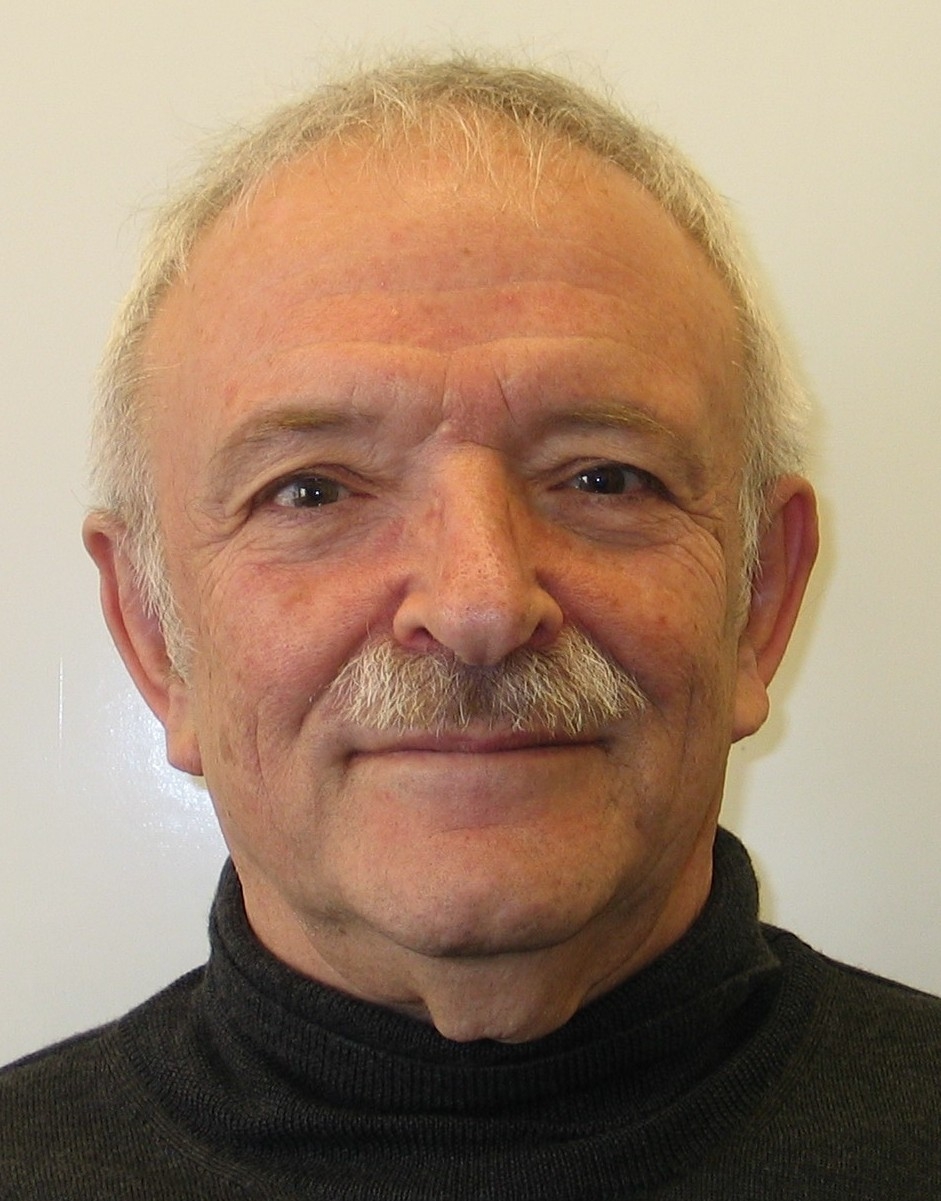 |
Prof. Zev Rymer Northwestern University, Chicago, USA +info
Prof. Rymer received the M.B.B.S. degree from Melbourne University, Australia, in 1962. After residency training in internal medicine and neurology, he returned to graduate training and received the Ph.D. degree in neurophysiology from Monash University, Australia. After postdoctoral training at the National Institutes of Health and Johns Hopkins University Medical School, Baltimore, MD, he became an Assistant Professor of Neurosurgery and Physiology at the State University of New York, Syracuse. In 1978, he became an Assistant Professor of Physiology at Northwestern University Medical School, Chicago, IL. He now holds the John G. Searle Chair in Rehabilitation Research and is Vice President for Research at the Rehabilitation Institute of Chicago, while also holding appointments as Professor of Physiology and Biomedical Engineering at Northwestern University and at Hines VA, Hines, IL. He is also Director of the Medical Biomechanics Program at Northwestern University Medical School. His laboratory receives support from the National Institutes of Health, the Department of Education (NIDRR), and the Veterans Administration. |
 |
Prof. Yoshiyuki Sankai Director, Center for Cybernics Research Professor Graduate School of Systems and Information Engineering University of Tsukuba President & CEO, CYBERDYNE Inc. |
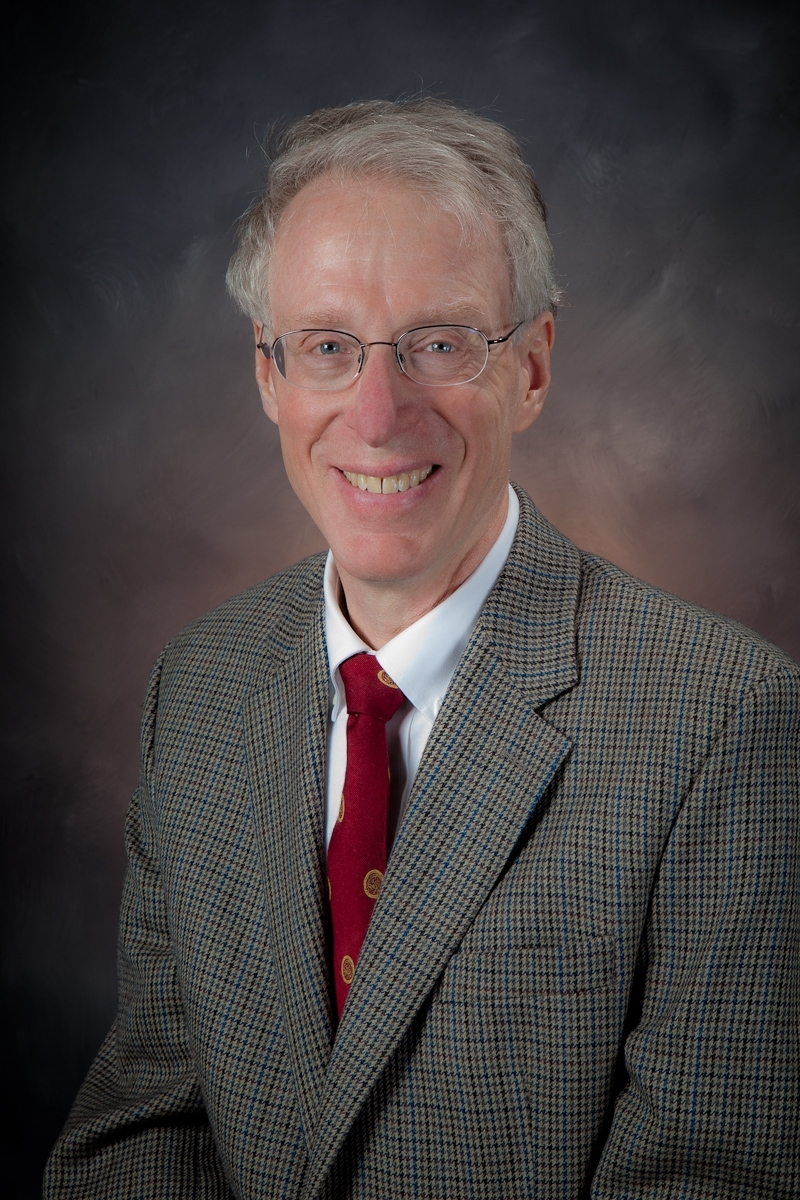 |
Prof. Jonathan R. Wolpaw Laboratory Chief and Professor. Wadsworth Center. New York State Dept of Health and State. Univ of New York +info
Over the past 30 years, Dr. Wolpaw's laboratory has developed and used operant conditioning of spinal reflexes as a model for defining the plasticity underlying learning. His group's recent work shows that reflex conditioning can guide spinal cord plasticity in spinal cord-injured rats and can thereby improve locomotion. Clinical researchers are now finding evidence that such conditioning can improve locomotion in people with partial spinal cord injuries. For the past 20 years, Dr. Wolpaw has also led development of EEG-based brain-computer interface (BCI) technology to provide non-muscular communication and control to people who are paralyzed. Most recently, his group has begun to provide BCI systems to severely disabled people for daily use in their homes. |


